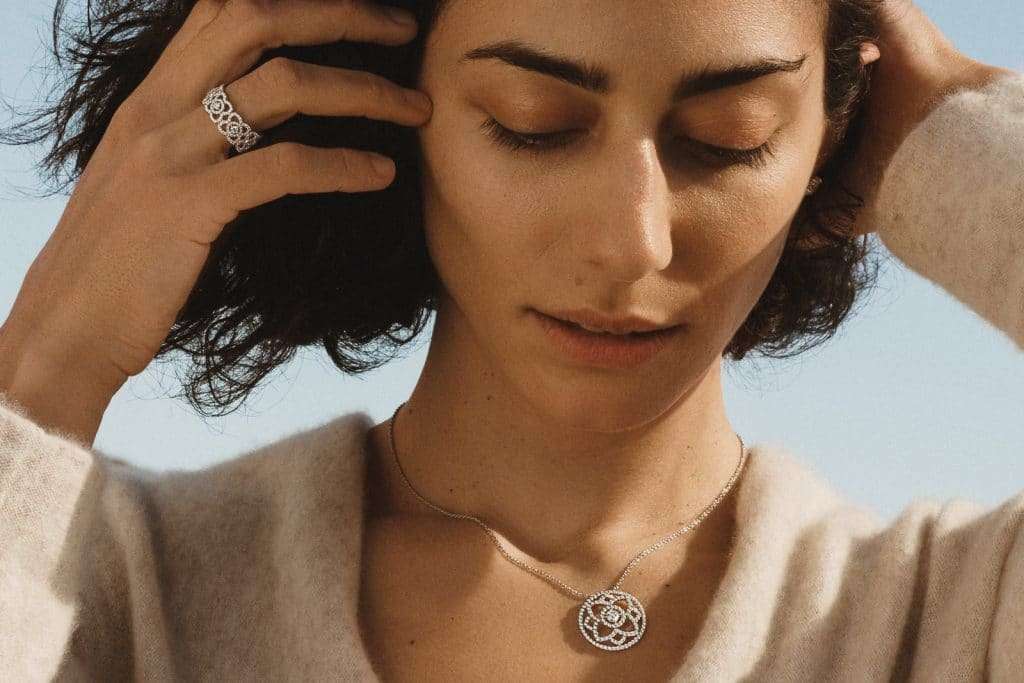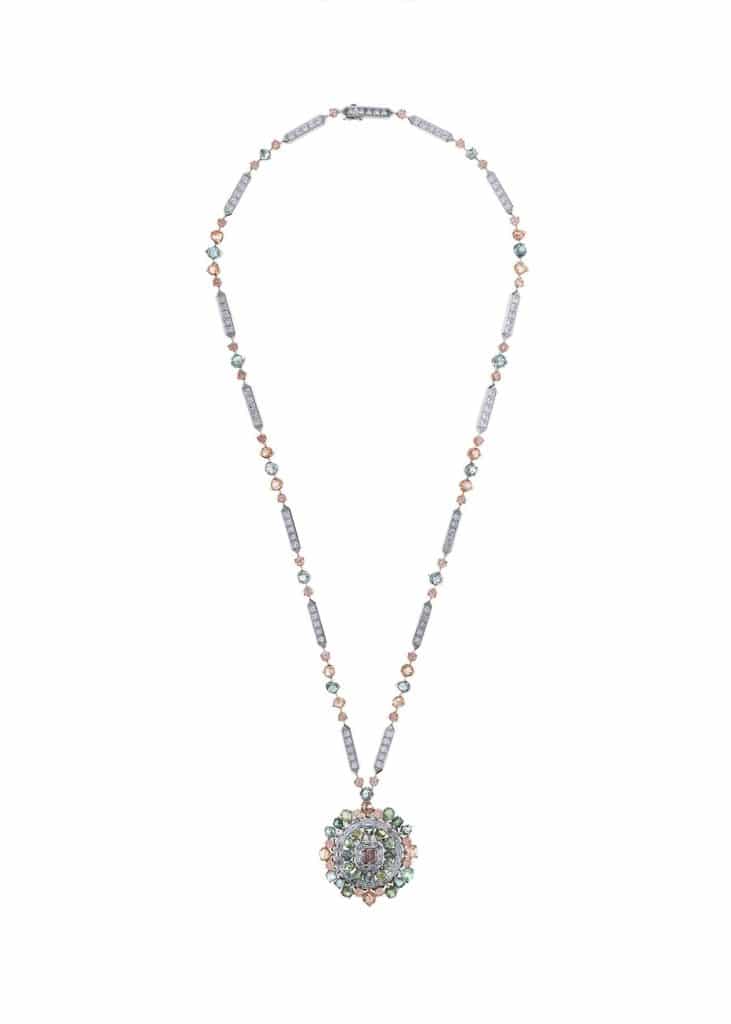Luxury jeweler De Beers is bringing blockchain to its diamond mining to increase traceability and responsibility.
The 130-year-old British jeweler De Beers has unveiled Tracr, its blockchain platform that will bring more transparency to its diamond mining operations across Africa and Canada.
The company says it has been working on the program since 2018. It “starts at the source,” when a diamond is mined, giving each one a unique Tracr ID.
“When the manufacturers sell those diamonds to retailers as polished, the retailer can look up the ID in the Tracr app and see the diamond came from us,” David Prager, De Beers’ chief brand officer, said in a statement.
“We have offered invoice-based origin information for some time,” he adds. “But this is a whole new ball game. Before, you had provenance-based claims that couldn’t be linked to the individual diamond.”
Tracr tracing
Traceability is key. Diamonds go through many hands typically before landing at retail. It is almost impossible to trace to the source. And even though the Kimberley Process aims to stamp out and prevent human rights violations, that’s not always the case. Blockchain can help consumers feel reassured that their diamonds were mined ethically.
Initially, the blockchain will only tell consumers if it is a De Beers diamond, but eventually, it will pinpoint its countries of origin, which include Namibia, South Africa, Botswana, and Canada.

“Without foreshadowing too much, this is the beginning step of the technology,” Prager says. “We see the technology advancing, enabling us to add more information about the countries of operation.”
Tracr is set up now for about 25 percent of new production—diamonds at one carat or above in their rough state. Prager says the long-term goal is all diamonds, but this, he says, is “a big step and a first step at the same time. We see a future in which consumers will insist on knowing where their products are from and the role they play in the world. This is our first step to providing that at scale.”
The technology can currently load about a million individual stones per day onto the platform. “We’ll take time to integrate people into the system. But the overall goal is to load all our production onto the platform,” Prager says.
“We know there’s a challenge in the industry around melee,” he says. “We’re working with sightholders to see a world in which there is a solution for every diamond that moves through the value chain, regardless of size.”
Ethical consumerism
Last year, in its Diamond Insight Report, De Beers highlighted the shifting industry landscape. Consumers, particularly when shopping for high-ticket items like diamonds, want to support sustainable and ethical operations. They’re willing to pay for it, too, particularly when there’s traceability to be had.
“The sustainability movement has irreversible momentum, driven by scientists, investors, governments, NGOs and consumers,” reads the report. “It is not only ethical to consider environmental, social and governance (ESG) issues; it is critical to good business. Research has found that paying attention to ESG concerns does not compromise returns; in fact, it’s the opposite.”
According to the report, more than 33 percent of consumers now value sustainability over price and design of diamonds; 56 percent are willing to pay ten to 20 percent more for sustainable diamonds and jewelry; and 30 percent of Millennials, as well as 21 percent of Gen-Z, have made sustainable jewelry purchases.

“It’s clear from this research that while provenance remains of high importance to luxury consumers, the meaning associated with provenance is shifting,” Bruce Cleaver, De Beers CEO, said in a statement last year.
“Younger generations want assurance of the positive impact a product has created beyond simply knowing where it originated. This is creating a new status in luxury, where consumers want to show the world they care through their luxury purchases and are increasingly prepared to pay a premium to do so,” he said.
Blockchain is expected to figure strongly in the shift to more responsible and sustainable business practices. In March, footwear giant Adidas announced it was using TrusTrace Certified Material Compliance to authenticate its supply chain and materials.
While Tracr is meant primarily as a business-to-business offering for now, Prager says the technology will eventually be forward-facing to the consumers as well.
The announcement comes after the jewelry label brought its ethical diamonds to the red carpet at the Met Gala last week. Celebrities including Simone Ashley, Olivia Rodrigo, Mindy Kaling, Kacey Musgraves, and Eva Chen all wore De Beers to the Gilded Glamour-themed event.


